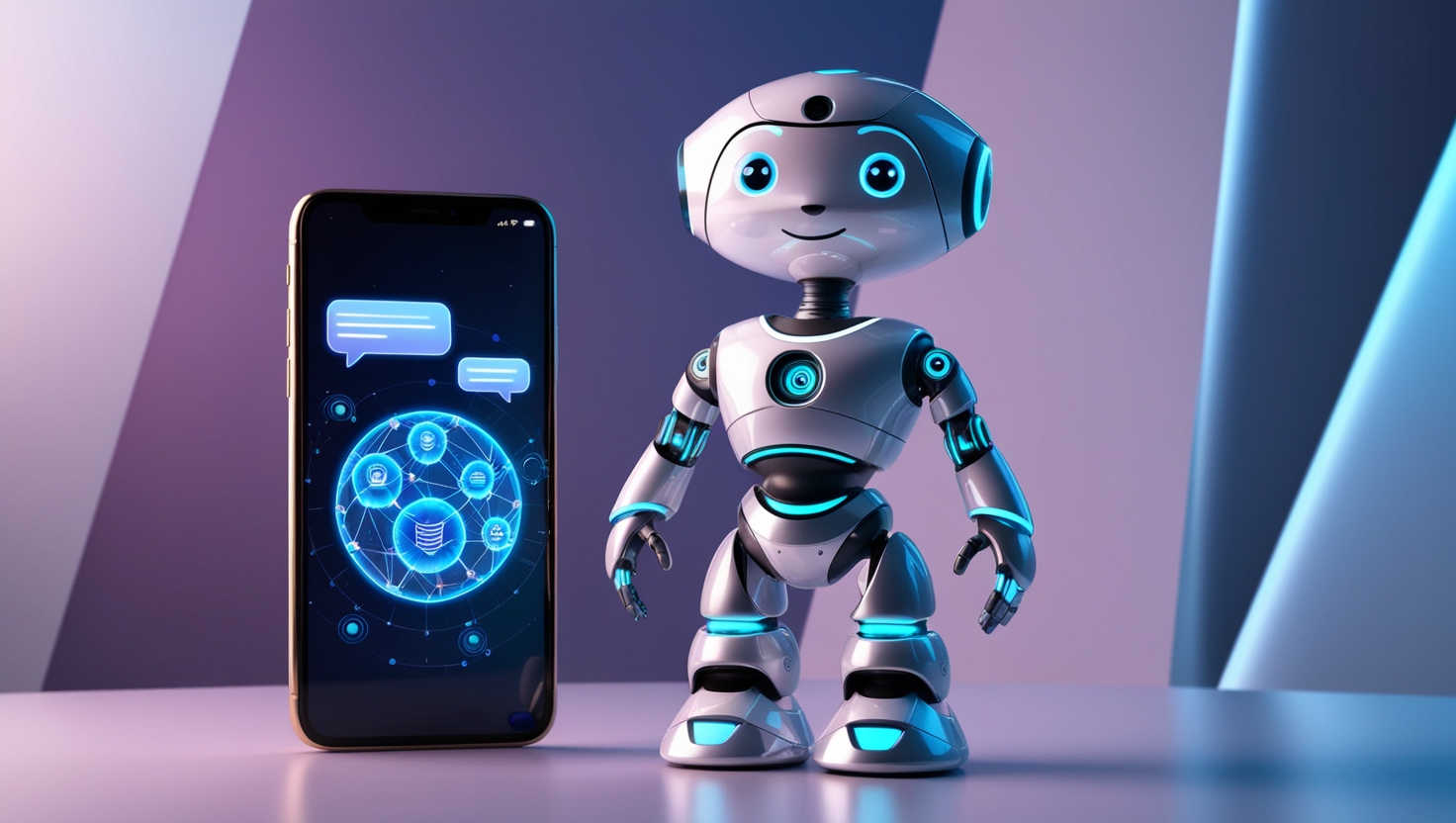How to Create a Chatbot Using Azure AI: Build Smarter Conversations
 Ahex Technologies
Ahex Technologies
Chatbots have revolutionized customer interactions by offering quick, automated responses and enhancing user engagement. Businesses across industries leverage chatbot technology to streamline customer support, automate processes, and improve efficiency. Among the various chatbot development platforms, Azure AI stands out due to its powerful AI capabilities, scalability, and seamless integration with Microsoft services.
In this guide, we will explore how to create a chatbot using Azure AI, the benefits of Azure AI development services, and how Azure Bot Services can help build smarter and more interactive conversations.
Why Choose Azure for Chatbot Development?
Microsoft Azure provides a comprehensive ecosystem for building, deploying, and managing AI-driven chatbots. Here’s why Azure AI is an excellent choice for chatbot development:
AI-powered Conversational Intelligence: Azure AI includes Natural Language Processing (NLP) and machine learning capabilities that enable chatbots to understand and respond to user queries effectively.
Scalability and Flexibility: Azure Bot Services offer a scalable infrastructure, allowing businesses to handle increased traffic and integrate their chatbots with various platforms.
Seamless Integration: Azure’s chatbot solutions easily integrate with Microsoft Teams, Dynamics 365, Power Platform, and other third-party applications.
Security and Compliance: Microsoft Azure ensures enterprise-grade security and compliance with industry standards, making it a trusted choice for businesses handling sensitive user data.
Now, let’s dive into the step-by-step process of creating a chatbot using Azure AI.
Step-by-Step Guide: How to Create a Chatbot Using Azure AI
Step 1: Set Up an Azure Account
Before building a chatbot, you need to create an Azure account if you don’t have one already. Visit the Azure portal and sign up for a free or paid subscription.
Step 2: Create an Azure Bot Service
Azure Bot Service provides an integrated environment for developing chatbots. Follow these steps to create a bot service:
Go to the Azure Portal.
Click on Create a resource > AI + Machine Learning > Azure Bot Services.
Choose your Subscription, Resource Group, and give your bot a unique Name.
Select a Pricing Tier (you can start with the free tier for development purposes).
Click Review + Create and wait for the deployment to complete.
Step 3: Develop the Chatbot Using Bot Framework SDK
Once the Azure Bot Service is deployed, you can start developing your chatbot using the Bot Framework SDK. You can choose between the following programming languages:
C# (.NET)
Python
JavaScript (Node.js)
To set up your development environment:
Install Visual Studio or Visual Studio Code.
Download and install the Bot Framework SDK.
Use the Azure Bot Service template to create a bot application.
Step 4: Add Natural Language Understanding with Azure Cognitive Services
For a chatbot to understand user intent, integrate Language Understanding Intelligent Service (LUIS):
Go to the LUIS portal.
Create a new LUIS app and define Intents, Entities, and Utterances.
Train and publish your LUIS model.
Connect LUIS to your chatbot by integrating it into your Bot Framework code.
Step 5: Deploy the Chatbot to Azure
Once the chatbot is developed, deploy it to Azure using the following steps:
In the Azure Portal, go to your Azure Bot Service.
Select Deployment Slots and choose Production.
Deploy your bot using Azure DevOps, GitHub Actions, or manually through the Azure CLI.
Step 6: Integrate with Communication Channels
Your chatbot can be integrated with various communication platforms, including:
Microsoft Teams
Web Chat
Slack
Facebook Messenger
WhatsApp
Custom Applications
To configure channels:
Go to your bot service in Azure Portal.
Navigate to Channels.
Choose the platform(s) you want to integrate and follow the setup instructions.
Step 7: Monitor and Optimize the Chatbot
After deployment, monitor your chatbot’s performance using Azure Application Insights:
Track user interactions and message logs.
Analyze chatbot response times.
Identify errors and optimize bot performance.
Benefits of Azure AI Development Services for Chatbot Creation
1. Enhanced AI Capabilities
Azure AI development services provide advanced AI features such as speech recognition, text analytics, and machine learning, enabling chatbots to have more natural and human-like conversations.
2. Cost-Effective Solutions
Azure offers flexible pricing plans that allow businesses to scale chatbot solutions based on demand without incurring high operational costs.
3. Seamless Multi-Platform Integration
With Azure Bot Services, businesses can deploy chatbots across multiple communication platforms with minimal effort.
4. Enterprise-Grade Security
Azure AI ensures robust security features, including encryption, identity management, and compliance with industry regulations.
5. Continuous Improvement with AI Analytics
Azure’s AI-driven analytics tools help businesses improve chatbot efficiency by analyzing user interactions and making data-driven enhancements.
Final Thoughts
Building a chatbot using Azure AI is a powerful way to enhance customer engagement, automate business processes, and improve overall efficiency. By leveraging Azure Bot Services, LUIS, and AI development capabilities, businesses can create highly intelligent and scalable chatbots that offer personalized and interactive user experiences.
Whether you're a startup looking for an AI-powered assistant or an enterprise automating customer support, Azure AI development services provide the perfect ecosystem to develop, deploy, and optimize chatbot solutions.
Are you ready to build smarter conversations with Azure AI? Get started today and unlock the potential of AI-driven chatbot interactions!
Subscribe to my newsletter
Read articles from Ahex Technologies directly inside your inbox. Subscribe to the newsletter, and don't miss out.
Written by
